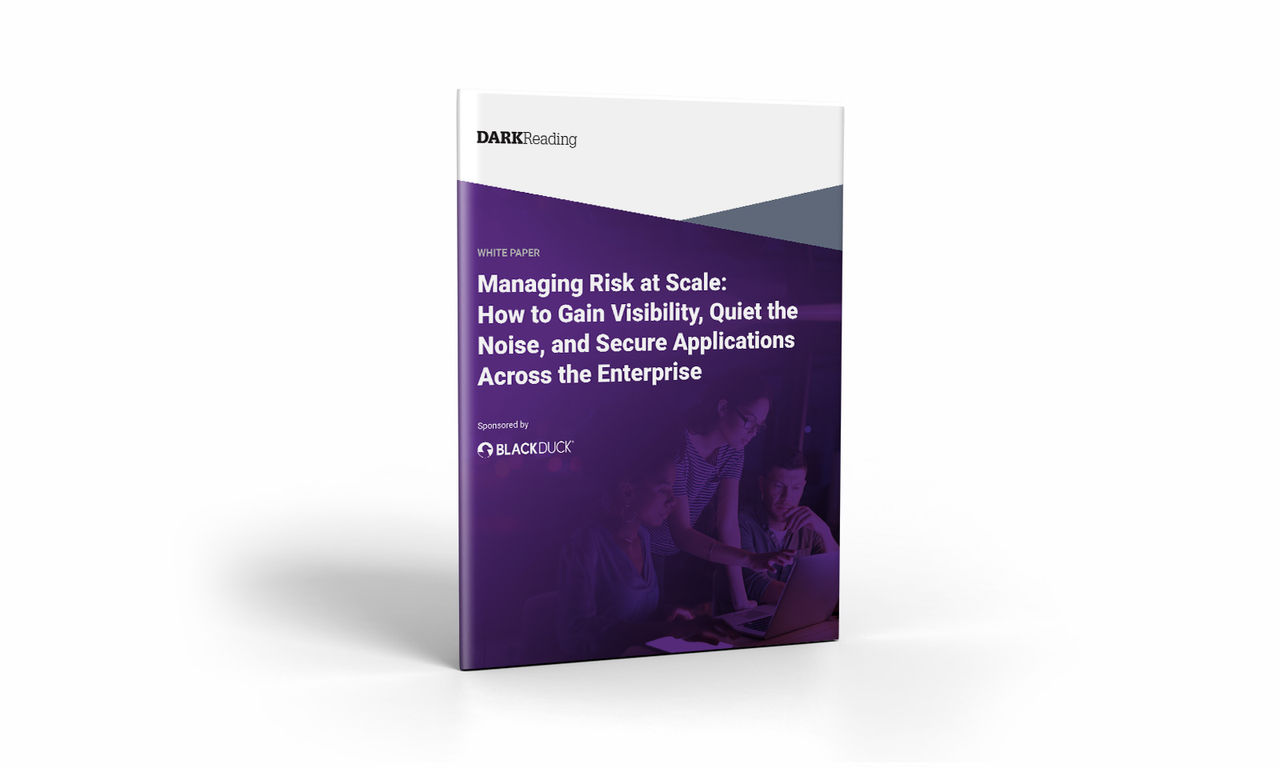Subscribe
Enterprise organizations face big challenges in managing software application risk at scale. With hundreds of developers working on thousands of applications across numerous business units, the complexity of ensuring security throughout the software development life cycle (SDLC) is staggering. However, a new white paper from the Dark Reading team, Managing Risk at Scale: How to Gain Visibility, Quiet the Noise, and Secure Applications Across the Enterprise, outlines the ways that with the right strategies and tools in place, enterprises can navigate these challenges effectively and build trust in their software.
The scale of the challenge
The sheer volume of software development within enterprise organizations amplifies the difficulty of managing security effectively. With rapid iteration cycles and multiple teams working on diverse applications, ensuring consistent security practices becomes increasingly challenging. According to research by the Enterprise Strategy Group, more than 70% of enterprise organizations use 10 or more application security testing (AST) tools, leading to a fragmented and noisy security environment.
Moreover, the expanding attack surface due to digitization, cloud adoption, IoT, and mobile applications exacerbates the risk landscape. Enterprises must contend with the complexities of a diverse software supply chain, which introduces vulnerabilities and diminishes visibility into security risks.
Navigating regulatory pressure
In addition to technological complexities, enterprises face mounting regulatory pressure, further complicating software security management. Regulations like PCI and HIPAA have long been established, but new executive orders and frameworks add layers of compliance requirements. Failure to meet these standards not only poses financial and legal risks but also jeopardizes the organization's reputation.
Strategies for scaling application security
Despite these challenges, there are actionable strategies to scale application security effectively across the enterprise.
- Uniform policy implementation. Establishing a comprehensive software security program (SSP) enables enterprises to define risk appetite, enforce policies, and prioritize critical testing needs. By consolidating tools and standardizing policies, organizations can centralize security activities and streamline reporting as well.
- Integration and automation. Application security posture management (ASPM) tools provide a centralized platform for managing security findings, orchestrating tests, and automating remediation processes. By abstracting complexities and providing a single point of control, ASPM solutions simplify security management across the SDLC.
- Access to tools and resources. Equipping teams with the right tools and training resources is essential for effective security scaling. ASPM solutions help identify gaps in security tooling and facilitate collaboration between internal and external resources. Partnering with vendors offering scalable tools and leveraging third-party expertise further enhances the organization's security posture.
How we can help
Black Duck offers a comprehensive portfolio of solutions designed to address security challenges at every stage of the SDLC. With AST solutions covering static, dynamic, and software composition analysis, Black Duck enables organizations to aggregate and prioritize findings from various sources. Additionally, Black Duck provides both on-premises and SaaS security management solutions, along with a team of more than 500 security experts to supplement existing capabilities.
Whitepaper

Learn how to gain visibility, quiet the noise, and secure applications across the enterprise.
Continue Reading
Get the best from AI in software development without risking the worst
Sep 15, 2025 | 5 min read
Contextualizing risk in the AI era
Sep 05, 2025 | 5 min read
What you need to know about the NIST Secure Software Development Framework
Aug 12, 2025 | 5 min read
Black Duck Assist: AI code security assistance in your IDE
Aug 05, 2025 | 3 min read









